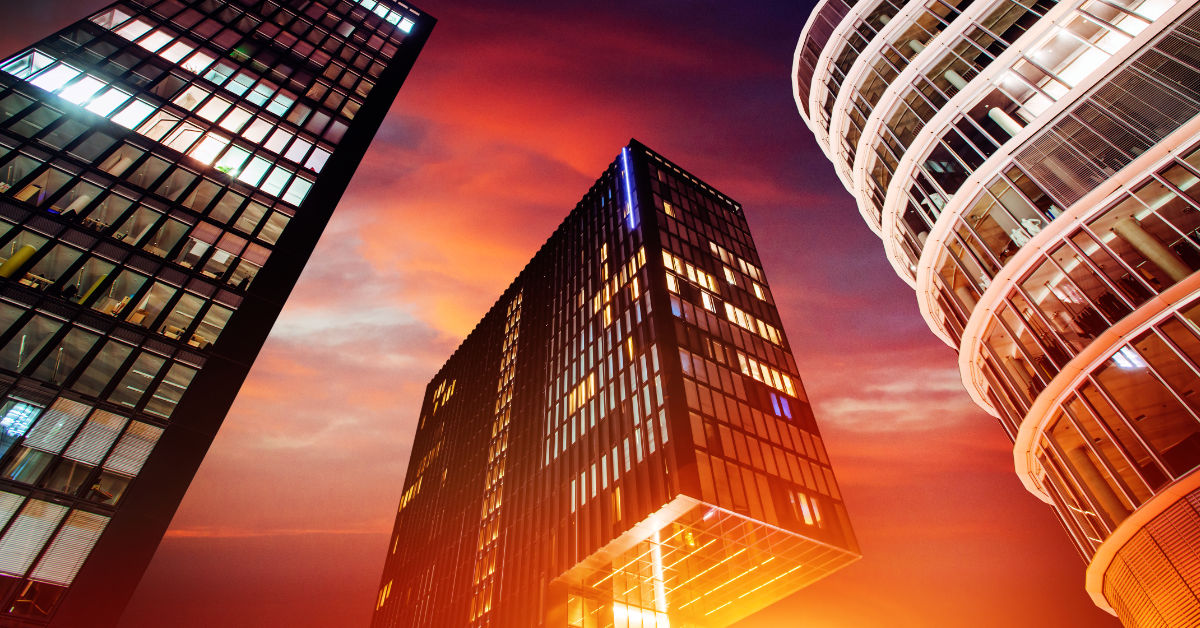Recycled glass returns to show off its infinite potential. A team of engineers from the Australian RMIT University, in collaboration with the materials technology company Livefield, has in fact worked on a composite cladding that is economical, sustainable, structurally robust and resistant to water and fire; capable of reducing the huge amount of glass that is still not properly disposed of, ending up unused in landfills.
Not just recycled glass
These claddings are composed of 83% recycled glass, combined with relatively low doses of plastic binders and fire retardant additives.
Research has shown that panels produced with this blend meet structural and environmental requirements, as well as key non-combustibility compliance standards in Australia.
Tests on the composite material have reported better performance than that recorded by traditional glass. The reason? The addition of plastic binders ensures greater strength and less susceptibility to breakage.
The sustainability challenge
According to Dilan Robert, associate professor at RMIT University, this innovative technology, in the name of recycled glass, will offer a significant contribution to the recycling chain, as it will intercept the huge amount of reusable material, which ends up in landfills every year. Research thus accentuates the value of recycling as a guarantor of multiple benefits: environmental, economic and social.
A fireproof innovation
However, sustainability is not the only goal of the research. Fire safety is in fact the catalyst element of the study. In high-rise buildings, cladding plays a key role in preventing the spread of fire. Building fires, such as that of London’s Grenfell tower in 2017, have shaken consciences and highlighted the importance of designing fire-retardant cladding systems for the building sector.
Fires can occur anywhere and at any time, without any possibility of prediction, but they can be expertly contained thanks to the incorporation of fire safety requirements in the design of buildings.
Sources: rmit.edu.au, rinnovabili.it


